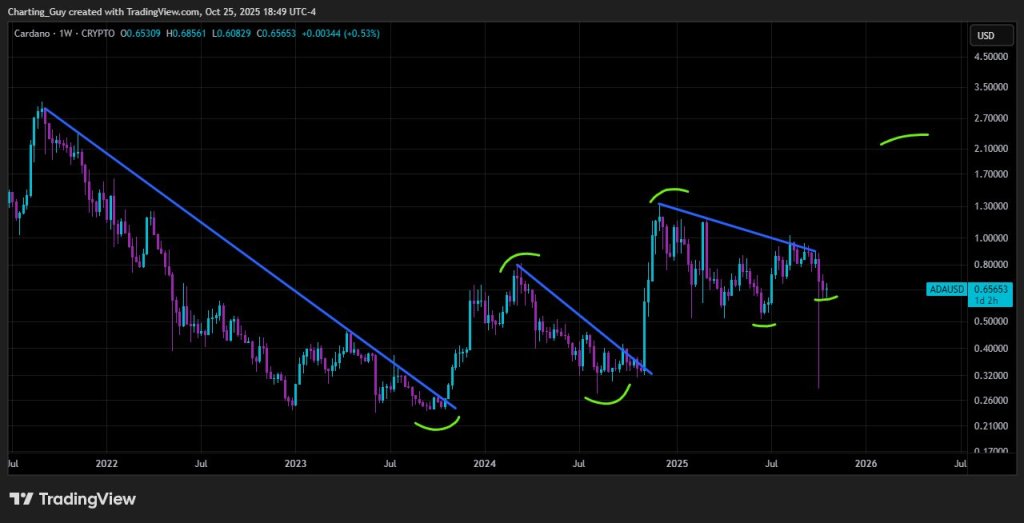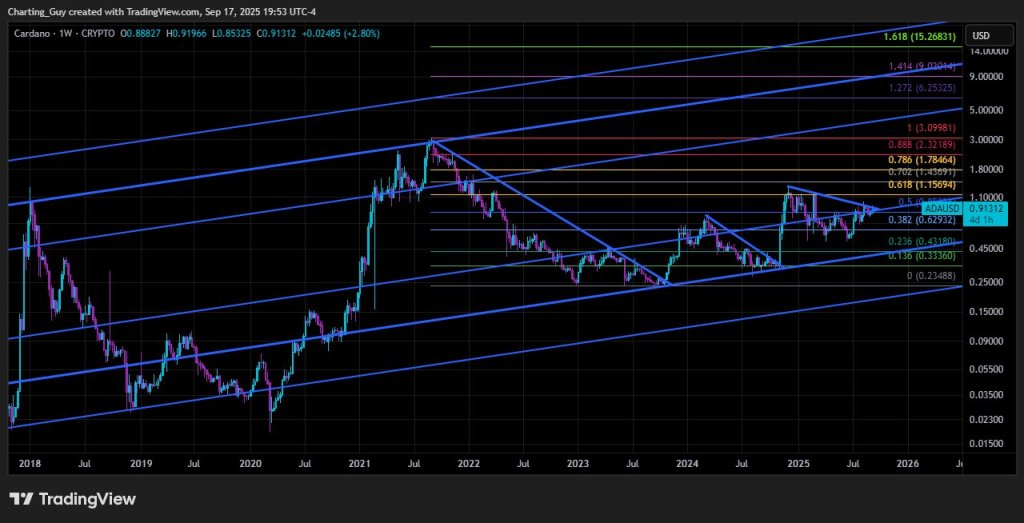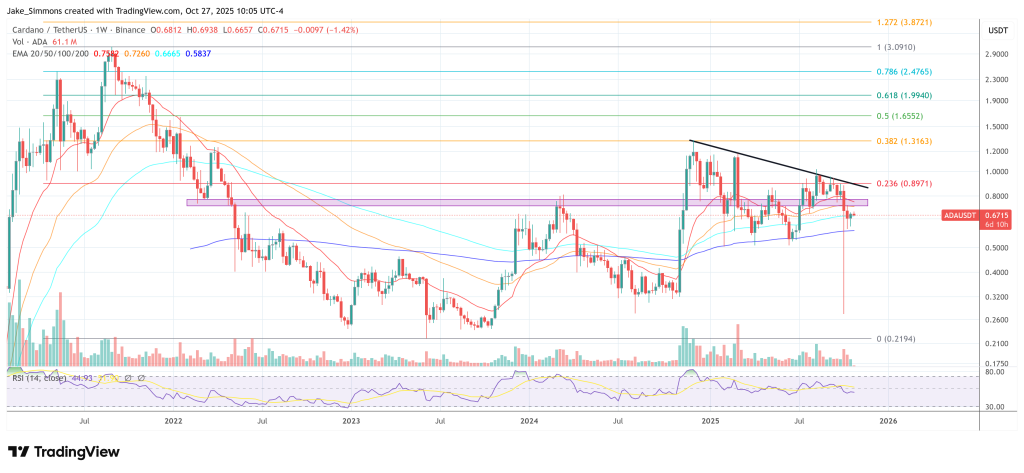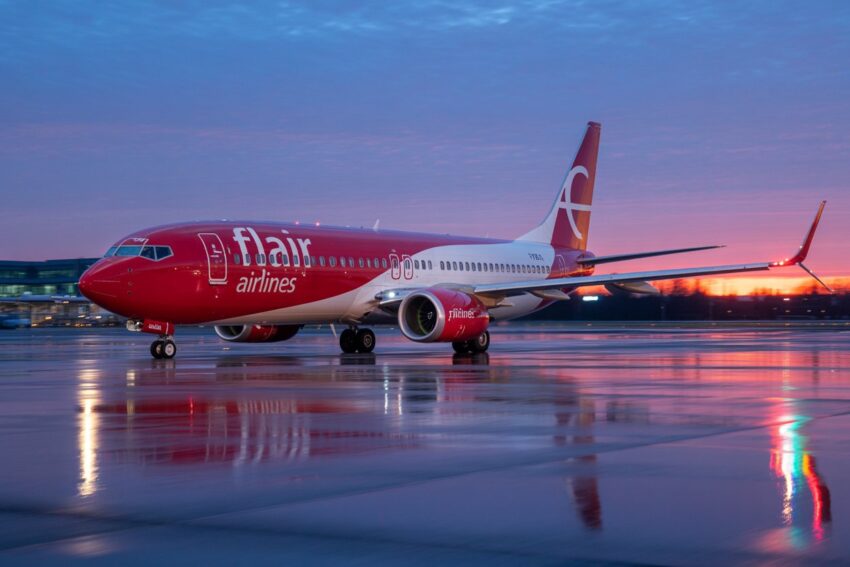Flair Airlines’ Partnership with Netcore Cloud Marks a New Era of AI-Enhanced Customer Experiences, Setting a Benchmark for the Aviation Industry
Canada’s aviation landscape is witnessing a transformation with Flair Airlines’ latest collaboration with Netcore Cloud. This strategic partnership aims to reshape the future of customer engagement by integrating cutting-edge AI technology to offer seamless, personalized travel experiences. By leveraging AI-powered solutions, Flair Airlines intends to enhance its customer journey and continue to lead as Canada’s premier independent ultra-low-cost carrier.
The partnership focuses on providing a robust, future-ready AI roadmap for Flair Airlines, ensuring that they not only meet but exceed the expectations of travelers. Netcore Cloud’s expertise in Agentic Marketing plays a crucial role in facilitating this transformation by offering tailored, contextual customer interactions across all touchpoints.
Key Highlights of the Partnership between Flair Airlines and Netcore Cloud
- AI-Driven Personalization: Delivering highly personalized, relevant communication across all digital channels.
- Omnichannel Automation: Seamlessly integrating communication channels, from booking to post-flight, for a unified customer experience.
- Advanced Analytics and Insights: Utilizing data-driven intelligence to optimize customer interactions and improve campaign performance.
- Customer-Centric Transformation: Helping Flair Airlines move from a no-frills carrier to a customer-first travel brand.
- Scalable Digital Experience: Ensuring that Flair Airlines can maintain growth while enhancing their digital engagement efforts.
A Strategic Leap Towards Personalization: Enhancing Flair Airlines’ Digital Customer Experience
Flair Airlines, which operates an extensive fleet of Boeing 737 aircraft, continues to expand its route network, offering affordable travel options across Canada, the U.S., Mexico, the Dominican Republic, and Jamaica. The airline has long been known for its focus on providing value to customers by offering low-cost flights. However, through this partnership with Netcore Cloud, Flair aims to elevate its digital engagement, ensuring that each passenger enjoys a more personalized experience from the moment they book their ticket to after they reach their destination.
This collaboration highlights Flair Airlines’ commitment to becoming a more customer-centric airline, offering AI-powered solutions that drive both loyalty and ancillary revenue growth. By using advanced AI technologies, the airline is not only enhancing the customer experience but also establishing a clear, scalable AI roadmap for future growth.
Netcore Cloud brings a wealth of experience, particularly in AI-driven personalization for businesses worldwide, including global brands in sectors like e-commerce, retail, and travel. Their experience with data-driven intelligence enables businesses like Flair to craft meaningful, omnichannel experiences for their customers. The solution is designed to enhance customer loyalty, drive better engagement, and optimize Flair Airlines’ marketing campaigns with real-time insights and analytics.
Flair Airlines: Shaping the Future of Affordable and Personalized Air Travel
Flair Airlines, based in Edmonton, Alberta, has grown rapidly, now serving 25+ destinations across North America and the Caribbean. With a reputation for offering low-cost, no-frills travel options, Flair is now making strides toward becoming an even more significant player in Canada’s competitive airline market by incorporating AI-driven personalization into its customer engagement efforts.
This partnership with Netcore Cloud marks a significant milestone in Flair’s ongoing digital transformation, as it positions itself to deliver highly personalized experiences to travelers at scale. By leveraging the power of AI and omnichannel automation, Flair is ensuring that travelers have a seamless, relevant, and engaging experience at every stage of their journey.
Flair Airlines has long been a leader in the low-cost air travel space, and with this AI-powered initiative, it is setting itself apart by offering next-generation travel experiences. This digital transformation promises to enhance customer satisfaction while fostering a deeper connection between the airline and its passengers, thereby strengthening long-term loyalty.
The Future of Aviation: AI and Personalized Customer Engagement
Netcore Cloud, a leader in AI-powered marketing solutions, has built a reputation for helping brands leverage advanced technologies to improve customer interactions. With over 6,500 global clients, including major names like Walmart, McDonald’s, and Domino’s, Netcore has proven expertise in driving digital transformation for global brands across multiple industries, including travel.
Through this collaboration, Netcore Cloud is helping Flair Airlines shift towards a more digitally advanced and customer-centric approach by embedding AI personalization into their customer journey. This initiative allows Flair to deliver relevant, timely, and meaningful messages to their passengers, ensuring that travelers feel more connected to the airline at every stage of their journey.
As the demand for personalized travel experiences continues to rise, Flair Airlines and Netcore Cloud are setting the stage for a new era in aviation. By integrating AI across the entire customer lifecycle, Flair is ensuring that it remains at the forefront of the AI-driven digital revolution in the aviation industry.
Conclusion: A New Era of AI-Led Innovation in Canada’s Aviation Industry
Flair Airlines’ partnership with Netcore Cloud represents a pivotal moment for the Canadian aviation industry, as the airline takes significant steps toward enhancing the customer experience through AI-powered personalization. This collaboration promises to revolutionize the way customers engage with the airline, from booking their flight to post-flight services.
With a growing fleet and an expanding network of destinations, Flair Airlines is poised to become a leader not only in affordable travel but also in providing seamless digital engagement to its passengers. This partnership with Netcore Cloud is a key component of Flair’s broader strategy to remain competitive and continue delivering exceptional customer experiences.
As the aviation industry evolves, Flair Airlines’ use of AI to enhance its digital capabilities will set a benchmark for other airlines to follow, ensuring that travelers are treated to a more personalized, efficient, and enjoyable journey.
The post
Flair Airlines’ Partnership with Netcore Cloud Marks a New Era of AI-Enhanced Customer Experiences, Setting a Benchmark for the Aviation Industry appeared first on
Travel And Tour World.


 … higher high pending… still targeting 1.272 fib this cycle,” tying the price structure back to the extension grid. The implication is not casual moon-math; it is geometric. If ADA continues to defend the uptrend defined by the channel’s lower rail and, crucially, converts the 0.618 retracement at $1.15694 into support on weekly closes, the path reopens into the upper retracement shelf—$1.43911 at 0.702 and $1.78464 at 0.786—before confronting the 0.888 marker at $2.32189.
… higher high pending… still targeting 1.272 fib this cycle,” tying the price structure back to the extension grid. The implication is not casual moon-math; it is geometric. If ADA continues to defend the uptrend defined by the channel’s lower rail and, crucially, converts the 0.618 retracement at $1.15694 into support on weekly closes, the path reopens into the upper retracement shelf—$1.43911 at 0.702 and $1.78464 at 0.786—before confronting the 0.888 marker at $2.32189.


:max_bytes(150000):strip_icc():format(jpeg)/TAL-header-kvr-trail-view-penticton-canada-CANWINE0823-4ceb749364924a9abbf04a0bf9dce964.jpg)
